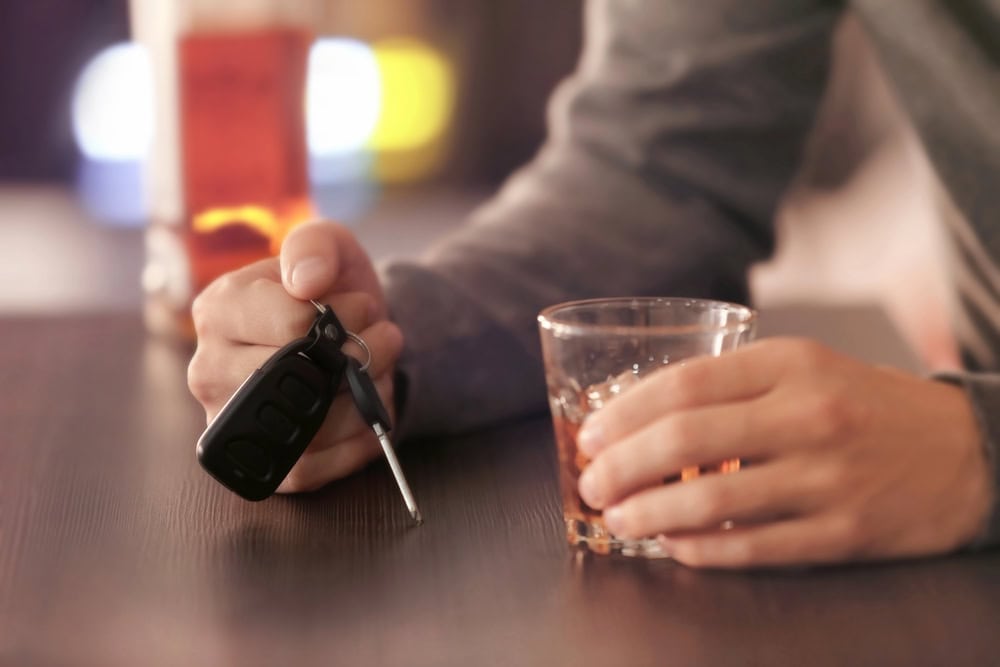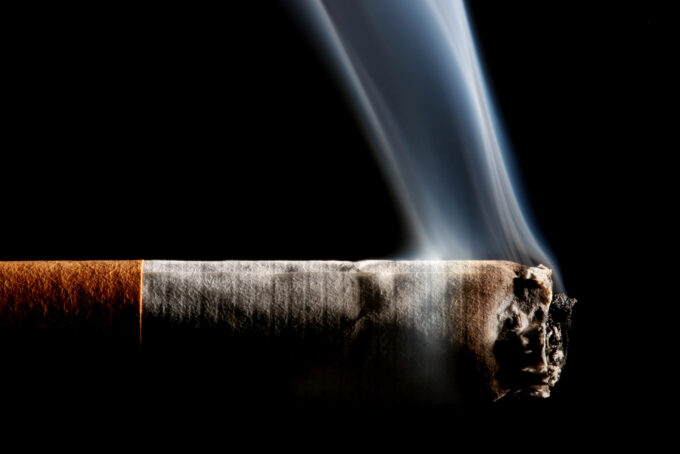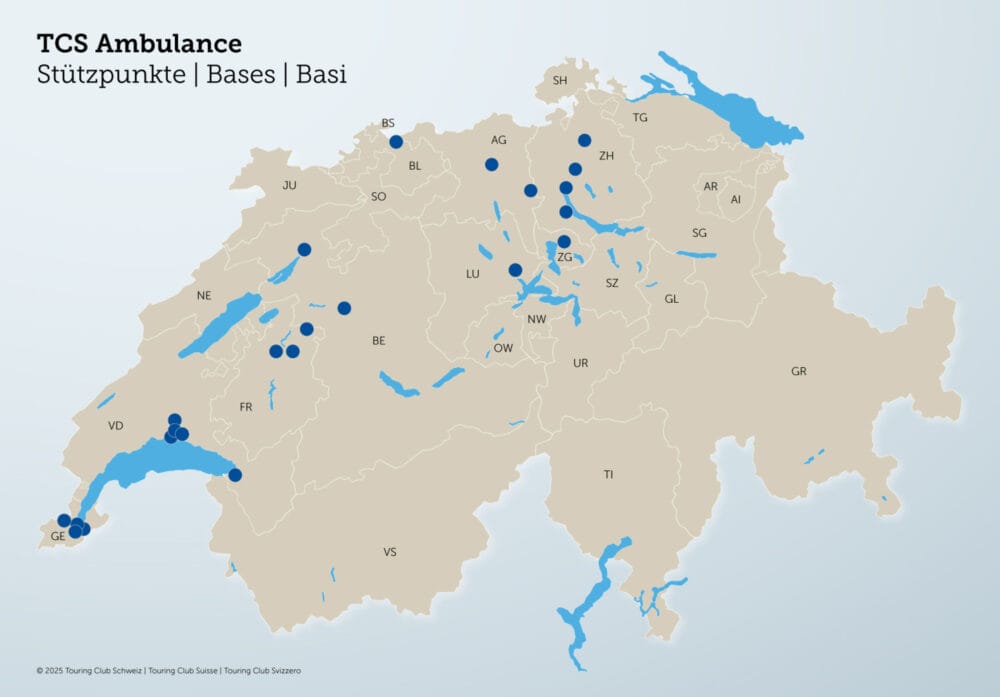On heat days there are 7% more accidents
When temperatures rise, the risk of accidents also increases. People who have to work outdoors on a hot day are particularly at risk.

Not everyone is lucky enough to work in air-conditioned rooms during the hot midsummer days. At numerous outdoor workplaces, people are also toiling away in the heat. This not only puts a considerable strain on the body, but also leads to more accidents in the construction and transport industries. This is shown by a new evaluation by Suva.
"Between 2000 and 2015, 7 percent more accidents occurred on days with temperatures above 30°C in the construction and transport industries," says Peter Andermatt, a statistician at Suva. The causes are not clear. "Since an increase in the number of accidents can be detected throughout the heat day, we suspect a lack of concentration as well as overtiredness as the cause," Andermatt says. This is because very high temperatures can lead to dizziness, headaches, exhaustion, nausea or vomiting.
The most important rules on heat days are:
- Drink enough water (at least three to five deciliters two to three times per hour).
- Postpone heavy or stressful work until the morning.
- Take short breaks (at least five minutes) every hour in a cool and shady place.
In addition, persons with febrile illnesses should not work at temperatures above 30°C. If possible, work should only be carried out in shaded workplaces. In addition, persons working alone with stressful PPE, such as protective suits with respiratory masks, should now be supervised by a second person.
If temperatures continue to rise and reach over 35°C, work in the blazing sun must be avoided. If necessary, workplaces should be artificially shaded with awnings or emergency roofs. Heavy work should now be reduced to the absolute minimum, and hourly breaks in a cool place should be around 15 minutes on such heat days. In addition, workers should be especially watchful for signs of heat illness in themselves and their colleagues during these temperatures.
Ozone and radiation exposure
In summer, UV radiation and ozone pollution are also particularly high. The intense solar radiation can cause skin cancer and eye damage, while ground-level ozone gas acts as an irritant gas. The consequences of this: burning eyes, irritation in the throat and pharynx, shortness of breath and headaches.
Protective measures help against UV rays: Keep T-shirt on when working outdoors, repeatedly apply sunscreen with high protection factor, wear neck protection and headgear with visor.
If the ozone levels are high, the only thing that helps is to avoid the ozone. The current values can be found daily on ozon-info.ch. Ozone pollution is particularly high on days with high sun exposure and low air exchange. Heavy physical work should be postponed to the morning on such days.









